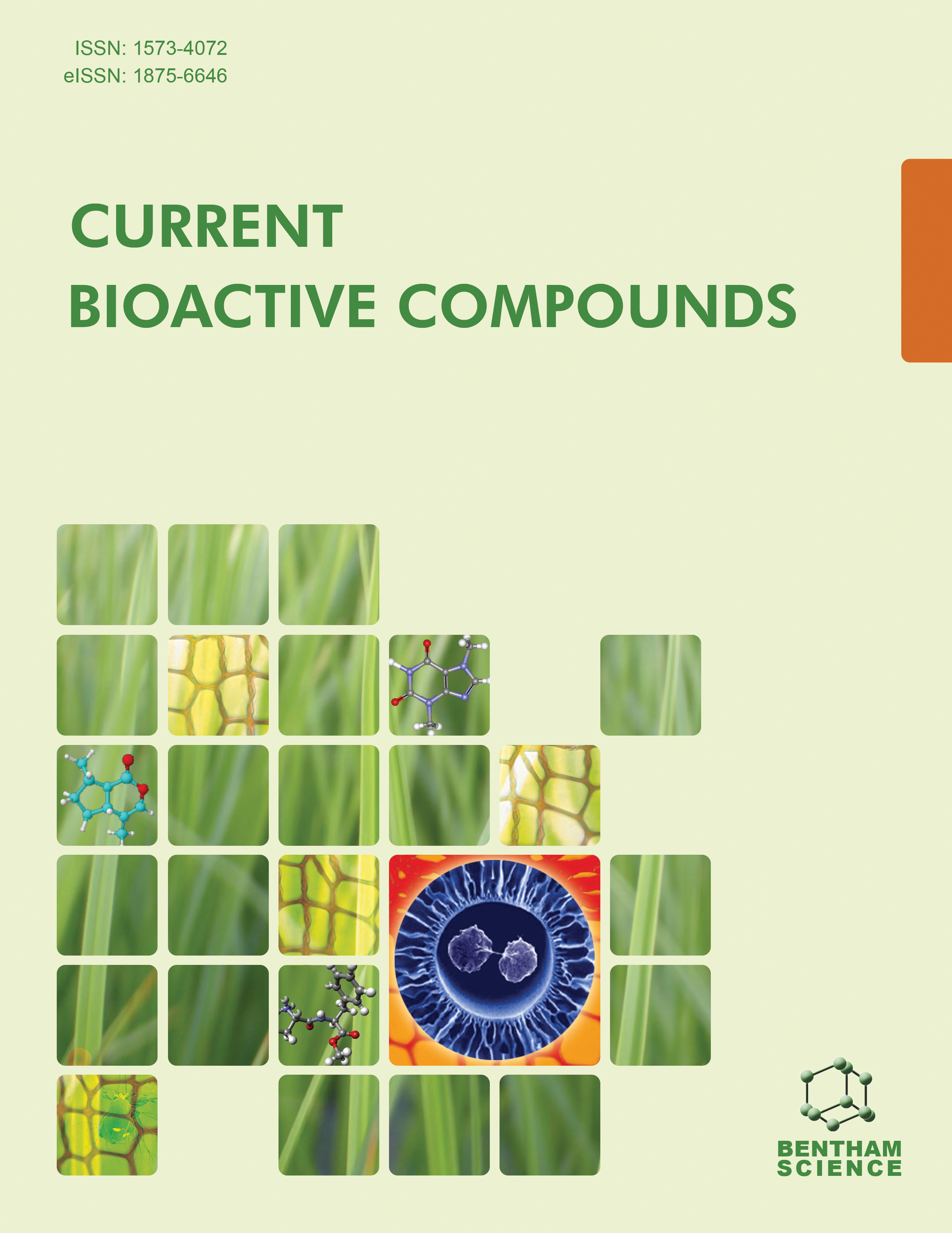
Full text loading...
We use cookies to track usage and preferences.I Understand
The present study aimed to investigate the chemical profile and evaluate the antibacterial and antibiotic-modulating activity of the methanolic extract and ethyl acetate of the stem bark of C. quercifolius against standard and multiresistant strains.
The Minimum Inhibitory Concentration was determined by the microdilution method, and the modulating potential of the extracts on aminoglycoside and β-lactam antibiotics was evaluated.
The classes of secondary metabolites identified from qualitative chemical prospecting were flavones, flavonols, xanthones, flavonones, flavonols, catechins and leucoanthocyanidins. The assays showed inhibition only for Klebsiella pneumoniae-producing extended-spectrum β-lactamase, Klebsiella pneumoniae carbapenemase and Escherichia coli ATCC 25922 with MICs of 256, 512 and 512 μg/mL, respectively. The extracts, when associated with gentamicin and amoxicillin, showed synergism against all standard and multiresistant strains, with the exception of Klebsiella pneumoniae carbapenemase and Klebsiella pneumoniae producing extended-spectrum β-lactamase, respectively. When combined with amikacin, they also demonstrated synergism against multidrug-resistant strains; however, only the ethyl acetate extract had a synergistic effect against E. coli ATCC 25922. The association of penicillin with methanolic extract showed synergism only for Klebsiella pneumoniae producing extended-spectrum β-lactamase and S. aureus ATCC 29213, while the ethyl acetate extracts demonstrated synergism against S. aureus and Klebsiella pneumoniae producing extended-spectrum β-lactamase.
It was found that C. quercifolius extracts have antibacterial potential against gram-negative bacteria. However, the need for additional research using specific methods against bacteria carrying different resistance mechanisms, especially gram-positive ones, is highlighted, with the aim of elucidating their mechanism of action.

Article metrics loading...

Full text loading...
References


Data & Media loading...

